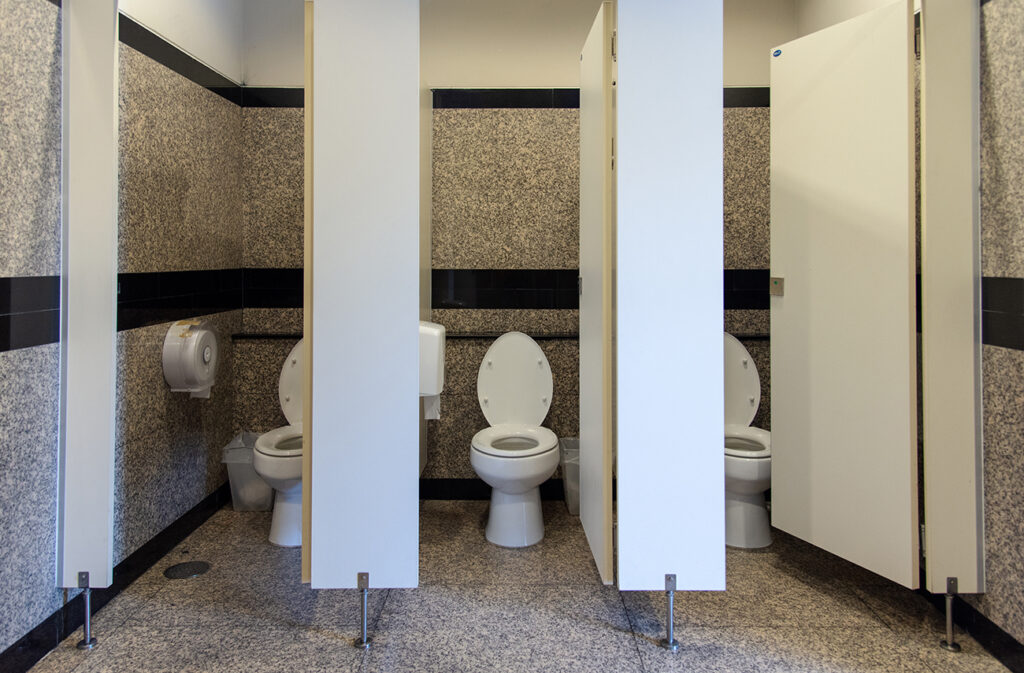From cardboard boxes and paper to coffee grounds and debris, every business generates waste. The amount may vary from day to day as customers influx, but the waste remains the same and it can be rather significant. But what if you could reduce your waste, save money, and contribute to a more sustainable future? Here’s where a conducting a waste audit comes into play.
This comprehensive guide will equip you with the knowledge and tools to conduct a successful waste audit for your business. Here, we’ll explore:
Why you should conduct a waste audit?
What is a waste audit?
How to conduct a waste audit: a step-by-step guide
Analyzing your waste audit results
Implementing waste reduction strategies based on your audit findings
Why Bother Conducting a Waste Audit?
As with anything its important to understand the why. Why is this important? Why should I take the time to do this? Well, there are a few key reasons why conducting a waste audit is beneficial. This includes:
- Reducing Operational Costs: Auditing your waste stream allows you to identify areas for reduction, potentially leading to substantial cost savings on waste hauling fees.
- Embracing Sustainability and Environmental Benefits: Reduced waste generation translates to a smaller environmental footprint. By optimizing your recycling and composting practices, you contribute to a more sustainable future.
- Improved Efficiency: Identifying inefficiencies in your waste management system, such as overfilled recycling bins or unnecessary waste generation, streamlines operations and free up valuable resources.
- Regulatory Compliance: Certain regulations might require businesses to report or manage specific waste types. A waste audit helps ensure your disposal practices remain compliant with local or regional regulations.
- Data-Driven Decision Making: An audit provides concrete data on your waste stream, enabling you to make informed decisions regarding waste reduction and resource recovery strategies.
- Improve Public Image: Demonstrate your commitment to environmental responsibility, potentially attracting eco-conscious consumers and investors.
What is a Waste Audit?
Now that we got the why, let’s dive into what a waste audit it is. A waste audit involves systematically collecting and analyzing data on the type, quantity, and composition of the waste generated by your business. It’s essentially a deep dive into your trash stream, providing valuable insights into your waste disposal habits. This entails identifying waste streams by categorizing different types of waste generated such as paper, plastic, and food scraps. Then waste quantification or the volume and weigh of each category. Finally, data analysis which is understanding what you’re disposing of and how.
How to Conduct a Waste Audit: A Step-by-Step Guide
Ready to dive into a waste audit for your business? Here’s a step-by-step guide to help you navigate the process:
1. Planning and Preparation
- Assemble a Team: Form a team consisting of representatives from different departments familiar with waste generation processes.
- Define Your Goals: Determine the specific objectives of your audit. What specific information are you hoping to obtain?
- Gather Information: Collect existing data on waste disposal costs, types of services used, and any previous waste audit reports (if available).
- Establish a Timeline: Set a timeframe for the audit and specify the duration of waste stream monitoring.
2. Waste Stream Identification
- Categorize Waste Streams: Identify the major categories of waste generated by your business (e.g., paper, plastic, food scraps, electronics).
- Labeling: Clearly label designated bins for each waste category to encourage proper sorting by employees.
3. Waste Quantification
- Data Recording: Document the weight or volume of each waste category collected during the monitoring period.
- Sample Collection (Optional): For detailed analysis, consider collecting representative samples from each waste category to identify potential contamination or recyclable materials incorrectly disposed of.
4. Data Analysis
- Organize Data: Compile the collected data into a spreadsheet or use dedicated waste audit software for easier analysis.
- Calculate Percentages: Calculate the percentage contribution of each waste category to the total waste stream.
- Identify Opportunities: Analyze the data to identify areas for waste reduction and potential cost savings. Look for categories with high disposal costs or easily recyclable materials.
- Benchmarking (Optional): Compare your waste generation data with industry benchmarks or similar businesses to understand your relative performance and identify areas for improvement.
5. Reporting and Recommendations
- Prepare a Report: Document your audit findings in a clear and concise report. Include details on methodology, data analysis, and key takeaways.
- Develop Recommendations: Based on your analysis, propose specific strategies for waste reduction, improved recycling practices, and potentially alternative waste disposal options.
- Present Your Findings: Share the audit report and recommendations with relevant stakeholders within your business, including management and personnel responsible for waste management practices.
6. Implementation and Monitoring
- Develop an Action Plan: Create a detailed action plan outlining specific actions to be taken, timelines for implementation, and responsible parties for each initiative.
- Communication and Training: Communicate the waste audit findings and planned waste reduction strategies to employees to ensure their understanding and participation.
- Ongoing Monitoring: Regularly monitor your waste generation after implementing new strategies to track progress and assess their effectiveness.
- Conduct Follow-up Audits: Consider conducting follow-up audits periodically (e.g., annually) to evaluate the long-term impact of implemented strategies and identify any need for further adjustments.
*Bonus Tips for a Successful Audit*
- Employee Engagement: Involve employees in the audit process to gain valuable insights and encourage their buy-in for waste reduction initiatives.
- Focus on Source Reduction: As much as possible, prioritize strategies that minimize waste generation at the source (e.g., using reusable materials, double-sided printing).
- Continuous Improvement: View the waste audit as an ongoing process. Regularly analyze your waste stream and adapt your strategies based on new data and changing business needs.
Finding the Right Partner to Help
The journey to a more sustainable future begins with understanding your waste generation habits. However, the task may seem taunting to tackle which is where seeking expert help and partnering with the right waste expert comes in handy. SLM Facility Solutions Nationwide has 25+ years of experience assisting companies of all sizes from various industries including restaurants, retailors, and grocery stores take charge of their waste stream. Because we know that by doing so leads to positive impacts ripple across your business and the environment. Ready to get started? Schedule an Introductory Call today.



